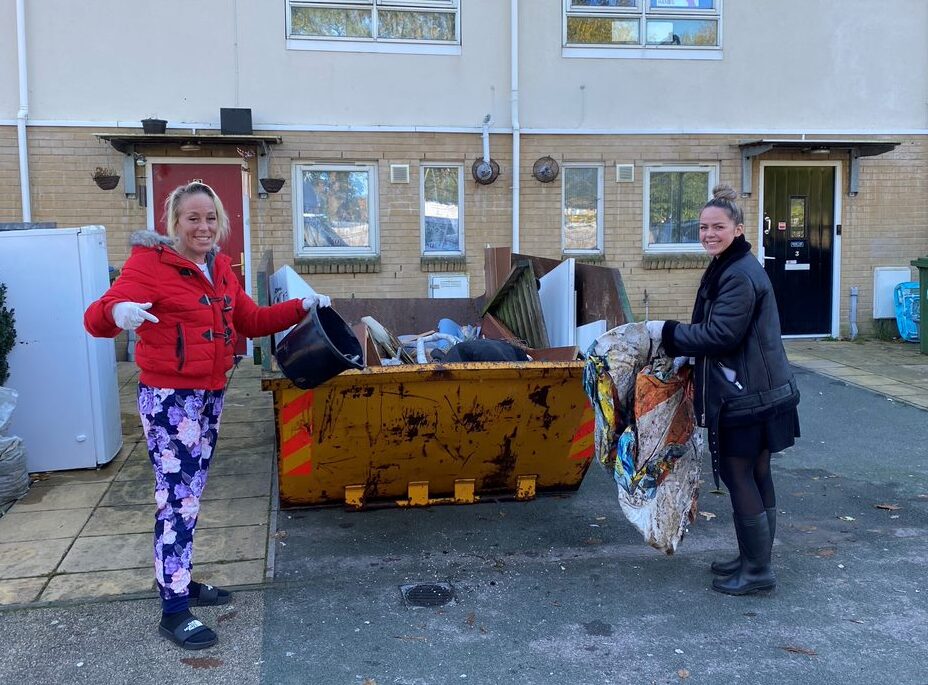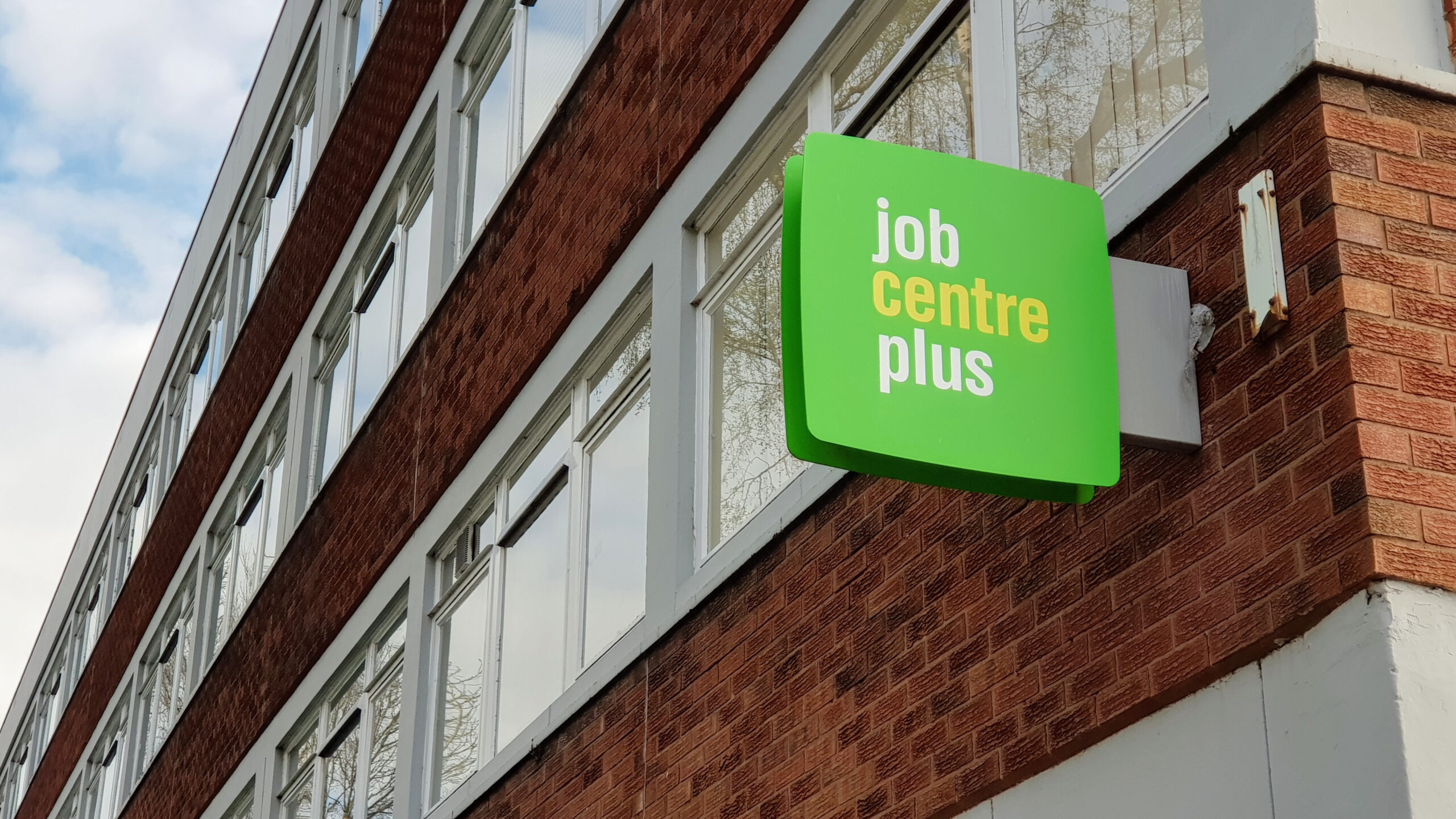With confirmation of this year’s social housing rent increase, we asked sector rent experts and a tenant for their thoughts on the implications for both landlords and residents. Here’s what they had to say.
Samantha Grix
Partner
Devonshires Solicitors
Bright and early in the new year the Regulator of Social Housing (RSH) confirmed the limit on rent increases for social and affordable rent tenants would be CPI + 1%. A reversion to the Rent Standard 2020 and confirmation that the policy statement on rents for social housing stood without further extension to the cap of 7% was welcomed by the sector, particularly those managing the purse strings.
Allowing increases up to CPI + 1% makes sense this year as CPI from September 2022 reduced enough by September 2023 to limit increases to 7.7%, which isn’t far off the cap of 2023/24. Now that we have confirmation of the 7.7% limit, registered providers are putting their teams to work to prepare the notices and correspondence.
As always, there are a few key points to keep in mind when preparing the documents. Below is a recap:
Accuracy of data is key: understanding what data is required for s.13 notices and/or contractual clause increases is important and those responsible for managing this must have a solid understanding of what data is required, particularly when it comes to the relevant dates. Where dates are incorrectly inputted – for example, on a s.13 notice the start of a new rent must be the start of a new tenancy period which is often not adhered to – this will invalidate the notice.
Use the correct form of notice: it’s often the case that a previous form of s.13 notice is used for the following year and so on. Any amendments to the form are then not incorporated leading to the notice being defective. If in doubt whether you’re using the most up-to-date version of s.13, check the prescribed form online.
Ensure the data merge works as it should: errors with data merges are something that are often not picked up quickly and can lead to incorrect data being included and sent out to tenants. Consider what your quality assurance looks like and if this is robust enough.
Build in time contingency by getting the notices served as far in advance as possible: this will allow for any postal or delivery issues and/or delays by third party printers, for example. Giving yourself extra time will also allow leeway to remedy defects if they’re picked up after printing or posting.
“Errors with data merges are something that are often not picked up quickly and can lead to incorrect data being included and sent out to tenants. Consider what your quality assurance looks like and if this is robust enough”
It remains to be seen how long the Rent Standard 2020 will be in play as there are whispers that the current rent settlement will be extended to allow for the impending election (which we now know will take place in the second half of 2024) to conclude.
As such, it may be that consultation doesn’t start until 2025 with a direction being made in late 2025/early 2026. This is something to keep an eye on but what’s clear from those in the sector is that a longer-term rent settlement, for example 10 years, would be welcomed due to the certainty it would bring.
Of course, ‘certainty’ is only as secure as the state of the economy and the government in power at the time, so there’s always an element of uncertainty. However, housing providers have become well versed in adapting to what’s thrown at them so I’ve no doubt they will deal with any changes that come.
Mark Henderson
Rent compliance consultant
HQN
Most housing providers will no doubt be taking advantage of the full 7.7% increase allowed. This isn’t surprising as landlords are still managing the impact of the 7% rent ceiling imposed in 2023/24, which at the time was significantly below the inflation figure.
With the cost of building materials, repair and maintenance, and energy staying well above general inflation levels, there are still challenging times ahead for many providers.
But what about the impact an above inflation increase will have on tenants, many of whom continue to struggle with the cost of living? Of course, many providers are providing excellent support services to help and are doing some innovative work so that tenants can maintain their tenancies. Long may that continue.
However, the effects of a 7.7% increase in rent and service charges shouldn’t be underestimated. So, how are providers intending to manage this? Through our rent compliance and service charge reviews, our experience is that formal rent consultation meetings seem to be increasingly rare. Providers seem to be more focused on informing tenants of proposed increases, citing government guidelines as the reason without explanation.
This is a missed opportunity to involve tenants in discussions which can ultimately inform and influence boards and committees in their decision-making. Whilst the level of influence may be limited, the meetings do provide an opportunity for providers to explain the consequences of not applying a guideline increase, the impact that may have on service provision and to listen to tenants’ views.
“The effects of a 7.7% increase in rent and service charges [on tenants] shouldn’t be underestimated. So, how are providers intending to manage this?”
Not applying a guideline increase not only limits potential income for the landlord, but also adds complications for future rent setting as there’s no ability to claw back any lower increases in rent except through relets, which will take several years resulting in neighbours potentially paying different rents for similar properties.
A real dilemma is faced by landlords needing to maximise income and at the same time be conscious of the impact the inflation-busting increase may have on tenants’ wellbeing, let alone potential reputational issues for the organisation. However, the more providers can involve and engage with tenants the smoother the journey should be.
Further details of HQN’s rent compliance and service charge reviews can be obtained from [email protected]
A tenant’s perspective
Rob Gershon
Council tenant and activist
Over the last two years, for every £100 a tenant pays in their supposedly cheaper social rent, they now have to pay an additional £15. That’s on top of smaller inflation-busting rent rises since 2020. During the years where economic pressures have affected most people, but people who live in social housing more than most, these rises represent a form of financial cruelty.
The rent rises should be considered against background inflation rises that have been in double figures over the last year. Landlords are told how much they can raise rents by the government, presumably because they can’t be trusted to make the decision like a normal transactional business. Because the government doesn’t want to help provide homes people can afford themselves, they expect social landlords to soak up the increased cost of doing business.
Inflation is likely to fall further this year so it will once again be social tenants underwriting the costs of the social housing crisis. At the time of writing, the inflation rate is just under 4% and may well be lower by the time rents are hiked in April, leaving social landlords sitting pretty on a juicy slice of profit at the expense of families who often can’t afford food or heating.
“During the years where economic pressures have affected people who live in social housing more than most, these rises represent a form of financial cruelty”
This would be staggeringly amoral at the best of times, but in the years where many communities are still recovering from the financial shocks of the pandemic, amidst completely unaffordable rises in energy and water bills and food costs, a thumping rent rise will ensure that those parts of the country which experience the most acute difficulty with changes to rises in basic, unavoidable costs including rent will suffer the most.
For many people, part or all of their rent might be covered by housing benefits or the universal credit equivalent, and many would argue that this will insulate families from these jarring increases. This would be easier to swallow if such a large proportion of government, social landlords and commentators didn’t consider housing support to be some magnanimous, easily accessible fountain of subsidised housing.
Through ITV news investigations, findings of the Grenfell Inquiry, social media activism and a change in tone at the Housing Ombudsman, recent years have revealed a range of structural and cultural issues in the sector. If the rent rises were going towards addressing these issues they might feel justifiable, but they’re not.





















